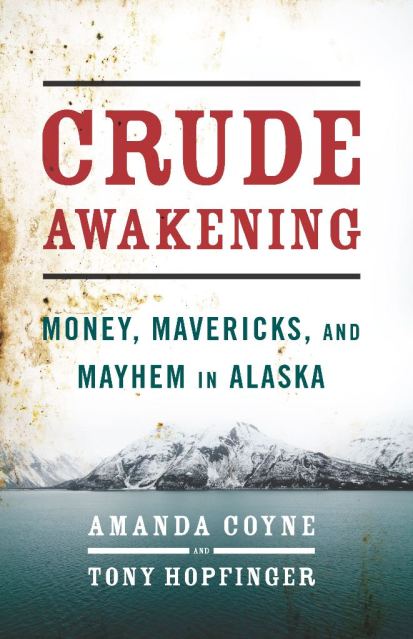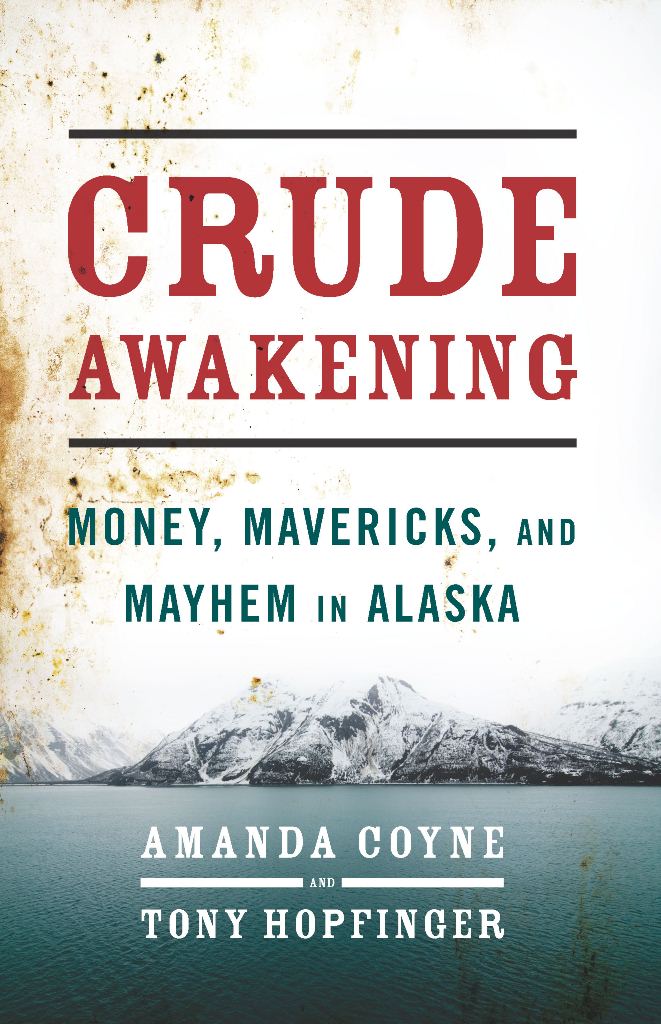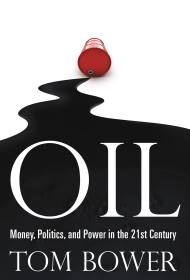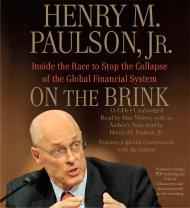Crude Awakening
Money, Mavericks, and Mayhem in Alaska
Contributors
By Amanda Coyne
By Tony Hopfinger
Formats and Prices
Price
$14.99Price
$19.99 CADFormat
Format:
ebook $14.99 $19.99 CADThis item is a preorder. Your payment method will be charged immediately, and the product is expected to ship on or around November 8, 2011. This date is subject to change due to shipping delays beyond our control.
Also available from:
- On Sale
- Nov 8, 2011
- Page Count
- 304 pages
- Publisher
- Bold Type Books
- ISBN-13
- 9781568586922
Newsletter Signup
By clicking ‘Sign Up,’ I acknowledge that I have read and agree to Hachette Book Group’s Privacy Policy and Terms of Use







